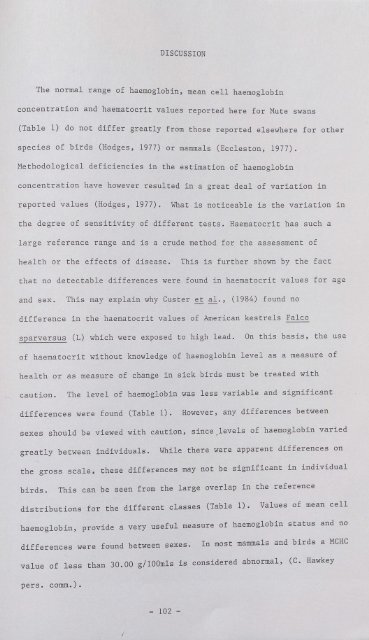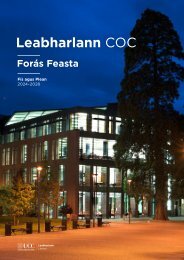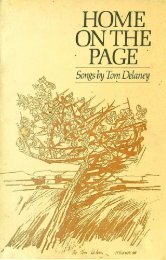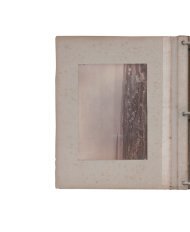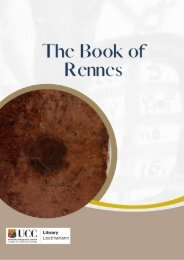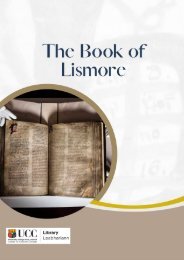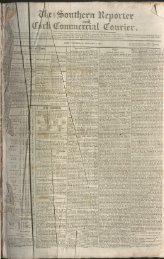Lead Toxicity in Mute Swans
LEAD TOXICITY IN MUTE SWANS Cygnus olor (Gmelin). By JOHN O'HALLORAN A thesis submitted to the National University of Ireland in candidature for the degree of Doctor of Philosophy September 1987
LEAD TOXICITY IN MUTE SWANS
Cygnus olor (Gmelin).
By
JOHN O'HALLORAN
A thesis submitted to the National University of Ireland
in candidature for the degree of Doctor of Philosophy
September 1987
You also want an ePaper? Increase the reach of your titles
YUMPU automatically turns print PDFs into web optimized ePapers that Google loves.
DISCUSSION<br />
The normal range of haemoglob<strong>in</strong>, mean cell haemoglob<strong>in</strong><br />
concentration and haematocrit values reported here for <strong>Mute</strong> swans<br />
(Table 1) do not differ greatly from those reported elsewhere for other<br />
species of birds (Hodges, 1977) or mammals (Eccleston, 1977).<br />
Methodological deficiencies <strong>in</strong> the estimation of haemoglob<strong>in</strong><br />
concentration have however resulted <strong>in</strong> a great deal of variation <strong>in</strong><br />
reported values (Hodges, 1977).<br />
What is noticeable is the variation <strong>in</strong><br />
the degree of sensitivity of different tests. Haematocrit has such a<br />
large reference range and is a crude method for the assessment of<br />
health or the effects of disease.<br />
This is further shown by the fact<br />
that no detectable differences were found <strong>in</strong> haematocrit values for age<br />
and sex.<br />
This may expla<strong>in</strong> why Custer et al., (1984) found no<br />
difference <strong>in</strong> the haematocrit values of American kestrels Falco<br />
sparversus (L) which were exposed to high lead.<br />
On this basis, the use<br />
of haematocrit without knowledge of haemoglob<strong>in</strong> level as a measure of<br />
health or as measure of change <strong>in</strong> sick birds must be treated with<br />
caution.<br />
The level of haemoglob<strong>in</strong> was less variable and significant<br />
differences were found (Table 1).<br />
However, any differences between<br />
sexes should be viewed with caution, s<strong>in</strong>ce.levels of haemoglob<strong>in</strong> varied<br />
greatly between <strong>in</strong>dividuals. While there were apparent differences on<br />
the gross scale, these differences may not be significant <strong>in</strong> <strong>in</strong>dividual<br />
birds.<br />
This can be seen from the large overlap <strong>in</strong> the reference<br />
distributions for the different classes (Table 1). Values of mean cell<br />
haemoglob<strong>in</strong>, provide a very useful measure of haemoglob<strong>in</strong> status and no<br />
differences were found between sexes.<br />
In most mammals and birds a MCHC<br />
value of less than 30.00 g/lOOmls is considered abnormal, (C. Hawkey<br />
pers. comm.).<br />
- 102 -<br />
I


